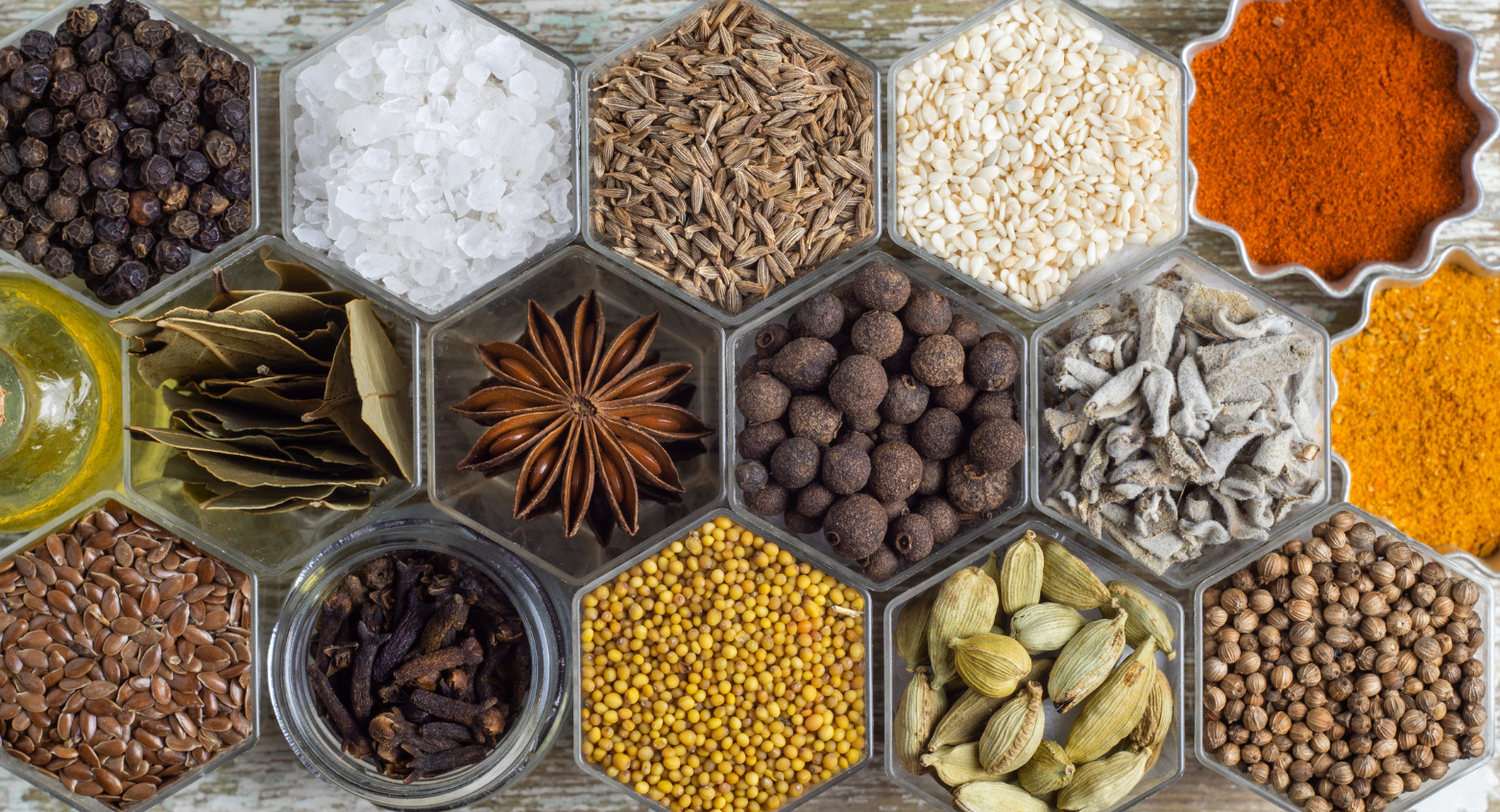Try to imagine that classic television trope of two divines on the main character’s shoulders trying to force them into making a decision, the angel on one side and the devil on the other. In the Spice and Flavoring Industry, these divines (or Quality parameters) can be defined as Purity and Potency.
Like the classic trope, the angel represents something good, and we can interpret Purity in almost the same manner. Purity is described as free from adulteration, whether intentional (for, say, economic reasons) or inadvertent (potentially contaminated by any number of sources). The more “pure” a product is, the more naturally occurring.
On the other hand, Potency can be construed as a set of Quality parameters that deal with the intensity of the flavor, the fragrance, and/or the product's color. Unlike our devil example, potency isn’t necessarily a bad thing; it is merely a function of the growing conditions, the freshness of the product, and/or the handling during processing. It also includes the product’s shelf life, meaning the fresher the product, the more potent it is, and vice versa, the older it is, the less potent.
While it is important to know not only the difference between the two concepts, it is also important to know how testing for each can impact how spices are defined in the industry as a whole. Especially when it comes to labeling regulations, the Food and Drug Administration (FDA) does not have a detailed definition or standards of identity for spices, but the FDA does have a list of acceptable names for use in labeling (FDA.org).
A critical component of Purity is its Authenticity, essentially saying that what a product declares on its label is accurate using analytical testing. Per the Institute of Food Technologists (IFT), food authenticity is an issue of concern (also known as food fraud) for food producers, regulatory agencies, scientific organizations, and even news/media groups as far back as 1820 (IFT.org).
Historically, Authenticity has been performed via physical examination on macroscopic and microscopic levels. More recently, Authenticity can be confirmed with DNA-based testing (called meta-barcoding) that can identify the desired product and the presence of any fugitive species. As an alternative, or in conjunction with DNA-based testing, chemical markers are used to identify materials, and this is performed by thin-layer chromatography, high-performance liquid chromatography (HPLC), or mass spectrometry (MS) where product results are compared against a known, high-quality standard material. Further, a relatively new technique in commercial labs is nuclear magnetic resonance (NMR), and this technique can be applied to both raw materials and solvent extracts of the product.
The absence of contamination within the material is also an important Quality and Food Safety parameter. The contamination may range from simple inclusion of soil and rocks to undesirable parts of the target plant, such as twigs and bark, to more complex situations like residues of pesticides, including fumigants in the form of ethylene oxides. Intentionally added contaminants may also be present to improve the product's appearance. Examples can include Sudan dyes or colored metallic salts, which can be toxic.
Potency testing is generally the direct or indirect measure of the active ingredient in the product. One of the best general indicators of Potency in spice is the content of volatile oils. Any portion of volatile oil removed would fall under the food fraud umbrella. The testing of volatile oils is a staple of shelf life studies as the degradation of the oils indicates the Potency of the product.
However, there are times when testing for the volatile oils in a product isn’t enough, and a more specific measurement is necessary. An example of this would be piperine in peppers. Piperine is an alkaloid that is responsible for the characteristic pungency and biting taste of pepper. Because the amount of piperine can vary in different types of pepper (black v white v long pepper fruits), it is important to distinguish the various types by using HPLC methodology and comparing the results to known reference materials.
Finally, in spices used primarily for coloring, such as paprika, the extractable color is a good indicator of Potency.
Testing for Purity and Potency need not be overly complicated or expensive. The initial indicators may be as simple as percent moisture, total and acid-insoluble ash, and some level of authenticity testing. Testing for metals, pesticides, and targeted adulterants should be applied on a risk-based approach specific to the type of spice/flavoring, and sometimes the source region produced.
Contact Merieux NutriSciences today to see what analytical tests we have for your Spice and Flavoring products!
